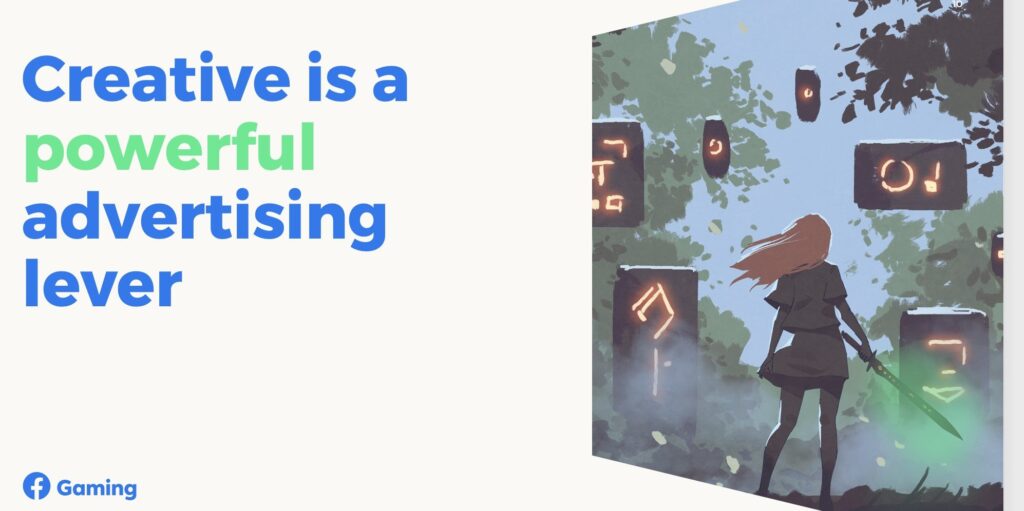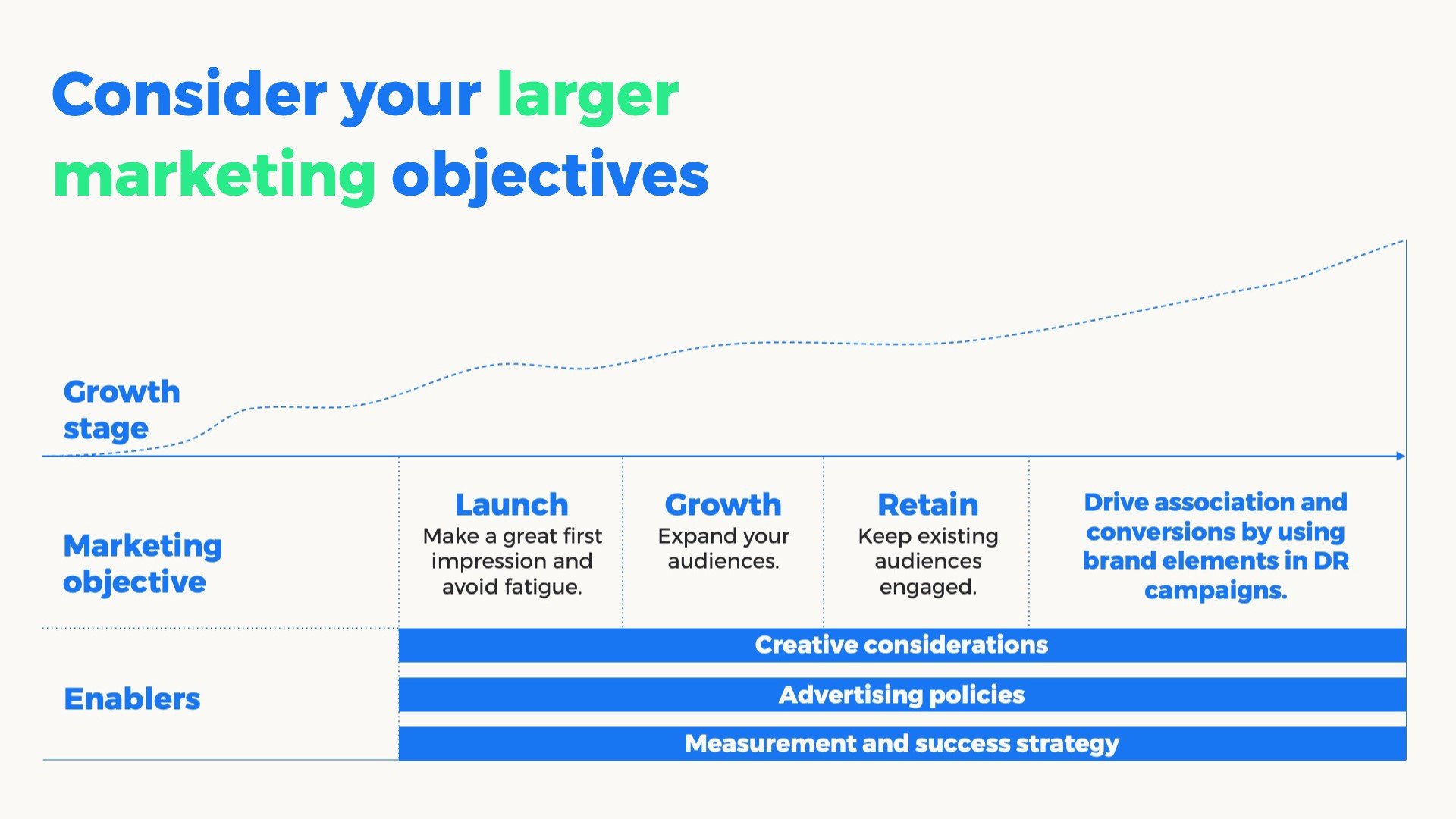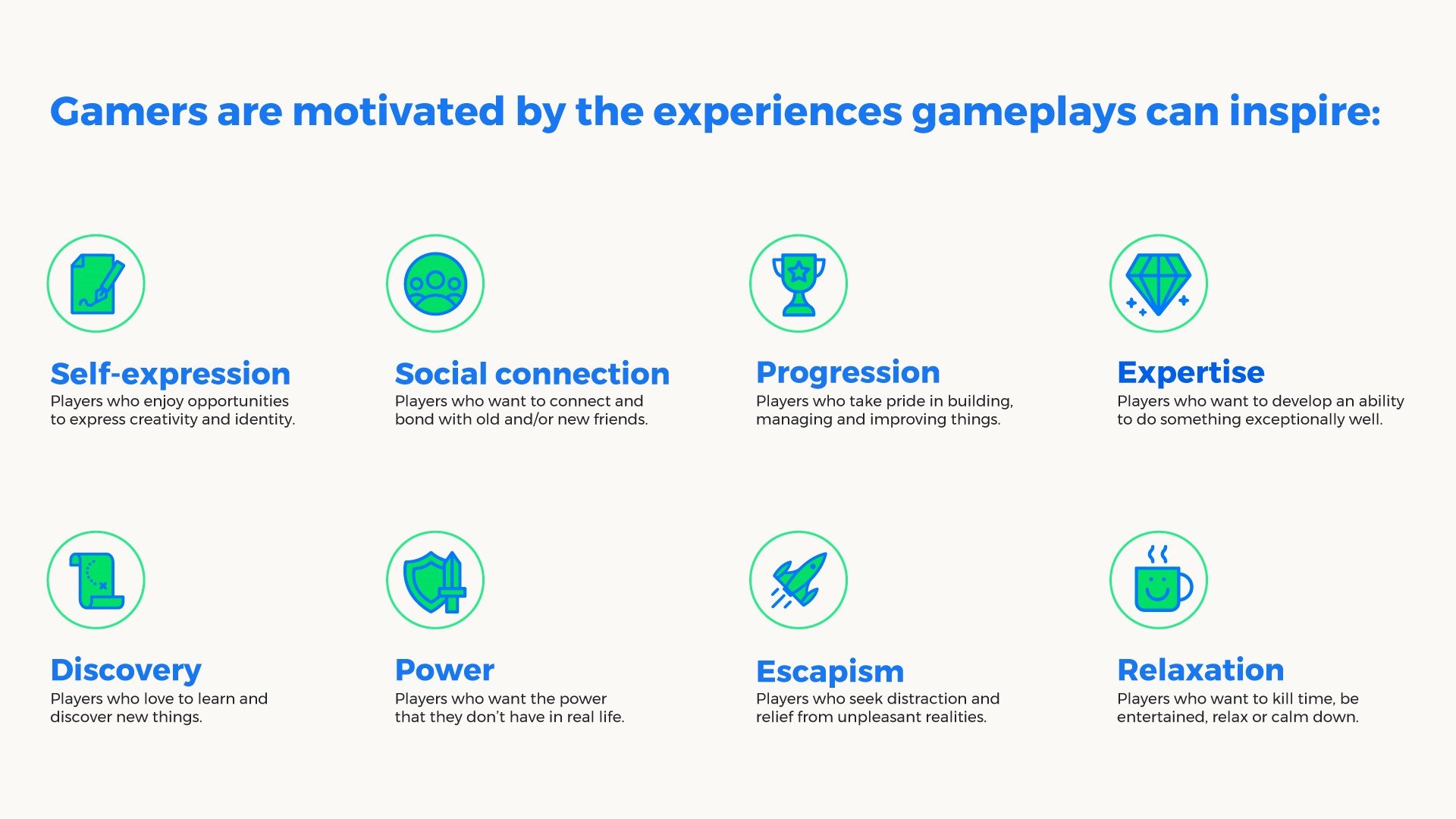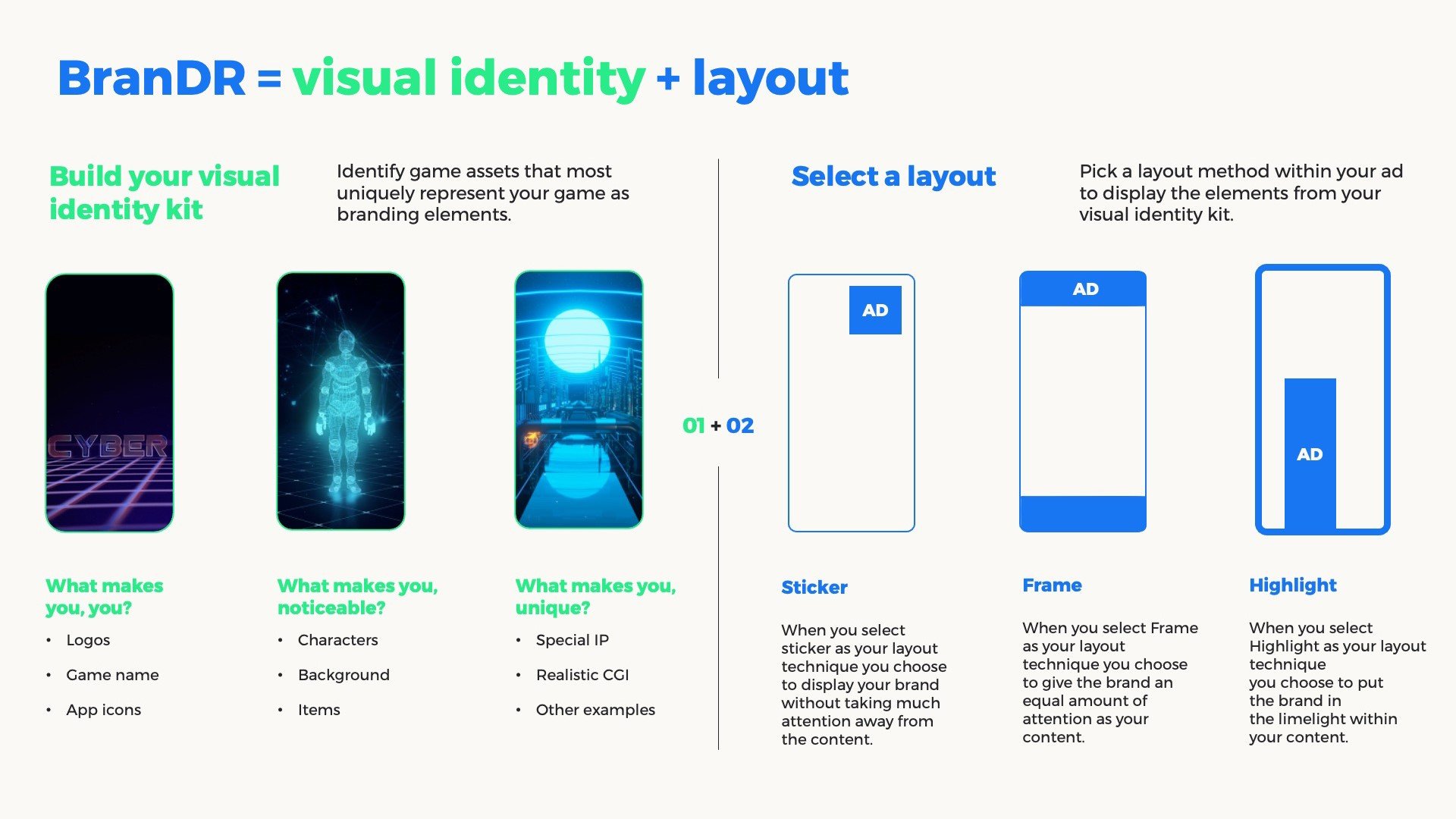
This article is the third in a series that features the most up-to-date best practices and recommendations focusing on automation, measurement, creative and conversion schema optimization, which will help you to boost the performance of your app install campaigns. Keep an eye out for our last article in the coming weeks, and visit our Power up performance website to learn more.
At every stage of a game’s lifecycle, ad creative is a key factor for success. A sentiment shared by 90% of games marketers surveyed1, from launch, to growth, to retention, every stage requires high quality ads that focus on the user and not just the game. This article talks about each of these stages and the creative considerations necessary to drive successful campaigns.

Ads are typically the first part of a game which players will see and as we all know: first impressions count. In a global study, more than 50% of mobile gamers who downloaded a new game, had heard about it at least one week earlier2. This means that a significant number of conversions happen due to the efficacy of an ad, and not from random discovery on an app store.
Further, high quality gaming ads are not only a driver for discovery but also for efficiency: ads with above-average ad quality scores show an 84% lower average CPI and a 71% lower average cost per purchase, when compared to ads with quality scores in the lowest 10%3. Both discoveries prove that high quality creative assets are integral to a campaign’s success and when used strategically, can be a powerful performance lever.
Unearthing the creatives that drive meaningful results begins with testing. By testing a wide range of creative ideas the chance of appealing to a vast and varied audience is greater from the start—an important factor, especially when launching a new title. Develop a learning agenda and craft hypotheses to test based on what needs to be discovered and the outcome measures that determine success. The more tests performed, the more successful the end result is likely to be. The continuous action of testing and tailoring leads to ads that understand and showcase what players are looking for.
We offer guidance on this process with our systems and recommendations that address creative development, testing and measurement. In particular, the playbook Creative Prototyping and the Creative Success Framework are curated to help strategically test what works for your audience, and to gather a clear understanding of what “good” creative means.
At 3 billion gamers globally4, there’s never been a wider pool of players from which to build a player base. With such a vast and varied audience, player profiles are incredibly nuanced and their motivations for playing are extensive. Perhaps they’re looking for relaxation, self-expression, social-connection or escapism…the reasons are as diverse as the audience themselves.

The variety of reasons why people play is not being reflected in advertising, and yet it should be: Using differentiated, motivation-led creative, can attract different audiences and at the same time still be as efficient as fully optimized business-as-usual campaigns5.
In an ecosystem where user data is not available, advertisers must find new ways to connect with and understand players on a deeper level—and this is why common motivators are so important. Considering why a player might want to play a game and then mapping gameplay against their motivations, helps to attract the gamers that want what you have to offer. Consider the following question when building ads: Do you think about what people look for? Or do you focus on showing the game regardless of who will play it?
Ad creative should show relevancy and distinction. By being relevant you have a greater chance of extending your audience pool. By being distinct, you stand out in a saturated market where differentiation has never been more important.
“Today’s gaming audience is vast and more diverse than ever. As such, building ads that consider why gamers play, helps you connect with new audiences and grow your game.”—Peleg Israeli, Director, Head of Gaming, Creative Shop
Our creative solutions The Big Catch for Gaming and Creative Catalyst explain how to use motivation-led creative assets to increase the quality and relevance of your ads. If you already use Advantage+ app campaigns, the latter details an easy-to-apply process that helps you meet the recommendation of 50 creative assets for your campaigns.
There are thousands of mobile games out there and marketing efforts across the board are often very similar resulting in a monotonous advertising landscape. Gamers are taking notice with 56% of those surveyed saying nearly all or many mobile gaming ads are repetitive6. With such a high number disenchanted by what they see, visually distinct ad creative becomes the solution. In fact, distinct creative is proven to drive a 32% lift in performance and a 9% increase in incremental reach7.
It’s no surprise that the results are so strong, because unique and distinct ad creative gets your brand noticed, allows it to become recognizable, and in time, builds that all-important trust and familiarity with players. A compelling visual identity helps you retain the audience you worked so tirelessly to build and is why, in such a competitive marketplace, identity is everything.
We address how to build an effective visual identity kit in our BranDR for Gaming playbook. It takes advertisers through a framework that integrates visual identity into direct response ads, helping you build trust and familiarity with your audience.

Data-driven performance marketing looks a lot different today than it did just a year ago. With unprecedented changes to the digital advertising space, high quality ad creative can become a key strategic lever that significantly impacts performance across the entire game lifecycle. Believing in its importance, our playbooks guide you through every stage of your game’s creative journey:
Access to less user data requires marketers to adapt their strategies to maintain performance. To help you thrive in this new landscape, visit the creative hub now and drive success for your brand with quality ad creative.
1Meta-commissioned survey of 505 games marketers across the US, UK, DE, KR, CH by MTM, February 2022.
2Mobile Games Consumer Journey Survey by Kantar Profiles (Meta-commissioned online survey of 26,053 respondents ages 18-64, AU, BZ, CA, FR, DE, IN, ID, JP, KOR, UK, US, TH 2021).
3Analysis and regression of 3M+ Gaming app ads and CPI per 1-day post-click attribution and 800k+ gaming app ads and CPP per 7-day post-click attribution Oct 2021-Feb 2022. Research findings do not guarantee future performance.
4Greyser, Werner. 20 Mobile Gaming Stats That Will Blow You Away | Mobile Gaming Industry Stats, Influencer Marketing Hub, September 2022.
5Chi-squared test of 16 Gaming A/B tests. Findings consistent across every campaign examined.
6Online survey responses of 728 established mobile gamers in US, from “Mobile Gaming Behavior Post COVID-19” by Interpret (Facebook IQ-commissioned online survey of 13,246 mobile gamers ages 18+ across BR, CA, DE, FR, JP, KR, UK, US, VN Jul–Oct 2020).
7We found that the more visually distinct the creatives,** the higher the performance lift of diverse creatives over identical creatives. We saw that the lift in performance (in test vs control) was 32% when the creatives in the diverse cell were most visually distinct,** compared to 2% when the creatives in the diverse cell were most visually similar.**These results were derived from a scaled backend test comparing the performance of two identical vs two non-identical (creatively diverse) creatives in 2703 ad sets across verticals from 04-04-2021 to 04-26-2021. This analysis was limited to static ads only.
**Visual similarity as defined by distance in a vector-based, ML-derived mapping of image contents.
 GameDaily.biz © 2025 | All Rights Reserved.
GameDaily.biz © 2025 | All Rights Reserved.